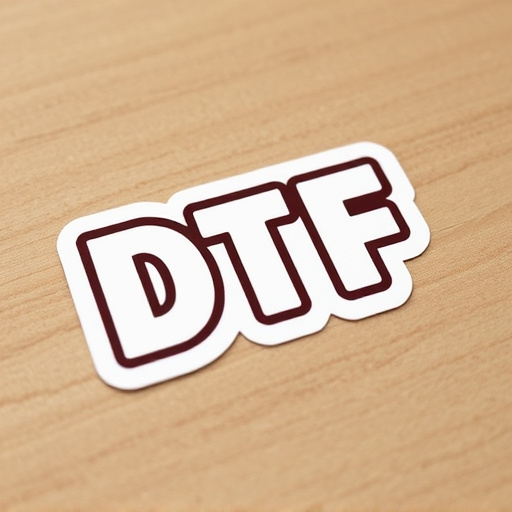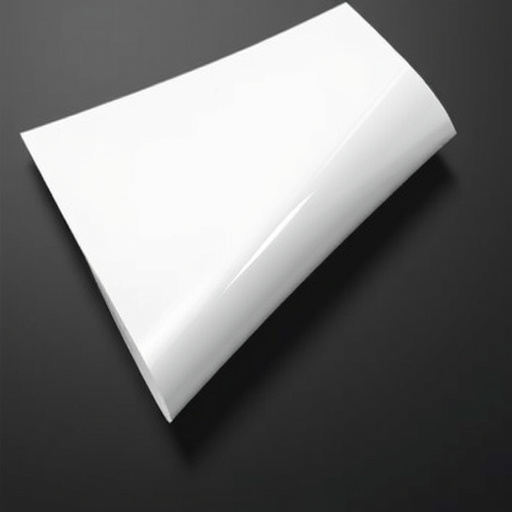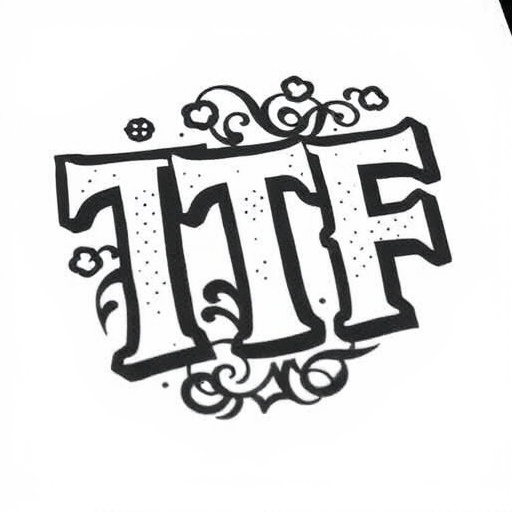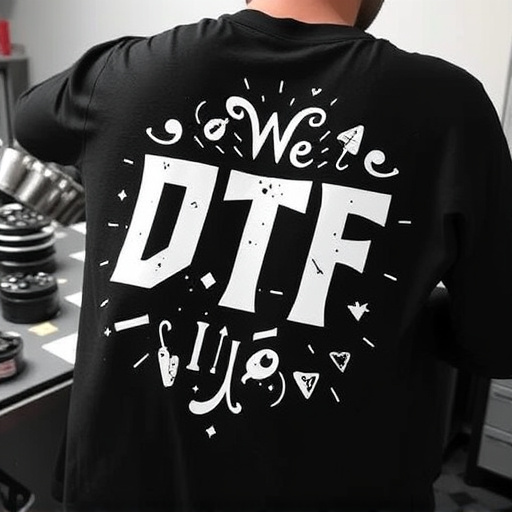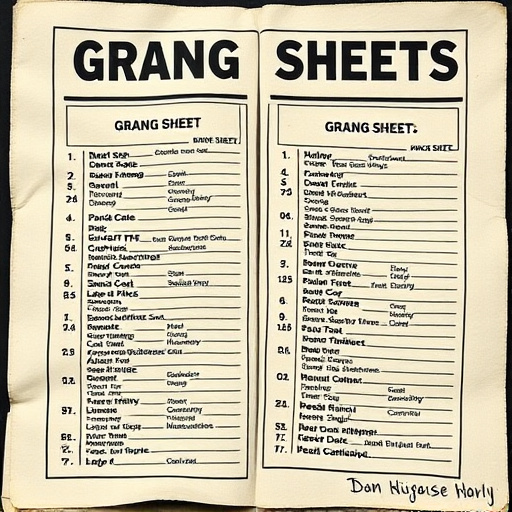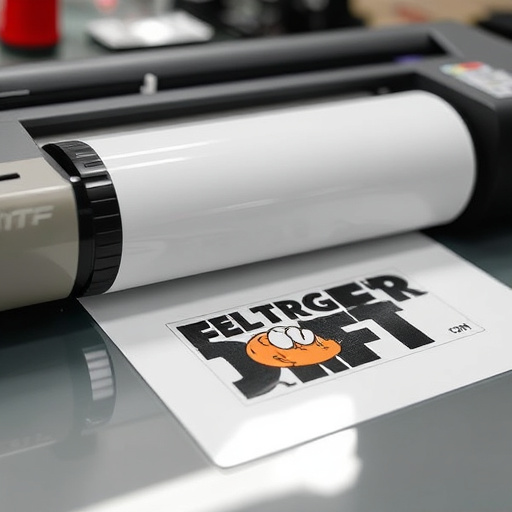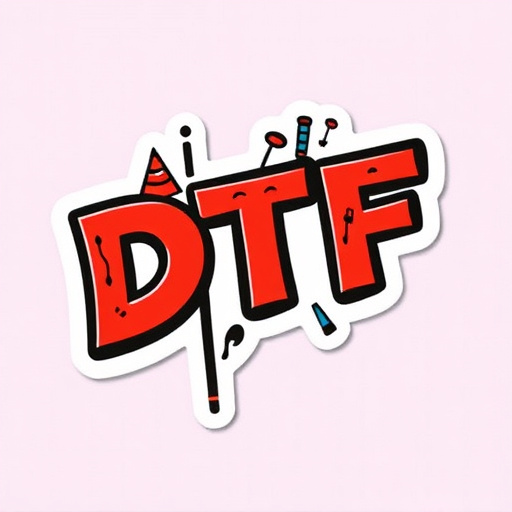Print defects in clothing brands using direct to fabric (DTF) printing can severely impact reputation and profits, leading to customer dissatisfaction and financial losses. The DTF Curing Oven is a game-changer that significantly reduces these issues by offering precise temperature control during the curing process, ensuring consistent ink application, and enhancing print quality. It minimizes defects like smudges, blisters, and uneven adhesion, delivers vibrant, long-lasting prints, and streamlines production, making it an indispensable tool for businesses utilizing DTF printing technology.
In the manufacturing landscape, print defect rates pose significant challenges. Understanding these defects and their impact is crucial for maintaining quality standards. This article explores how a DTF Curing Oven emerges as a game-changer in reducing defect rates. We delve into the science behind print defects and illustrate the vital role of a DTF Curing Oven in enhancing production efficiency and product integrity. By examining its benefits and diverse applications, this introduction sets the stage for a comprehensive understanding of why adopting a DTF Curing Oven is a strategic move for modern manufacturers.
- Understanding Print Defect Rates and Their Impact
- The Role of a DTF Curing Oven in Defect Reduction
- Benefits and Applications: Why It's a Game-Changer
Understanding Print Defect Rates and Their Impact
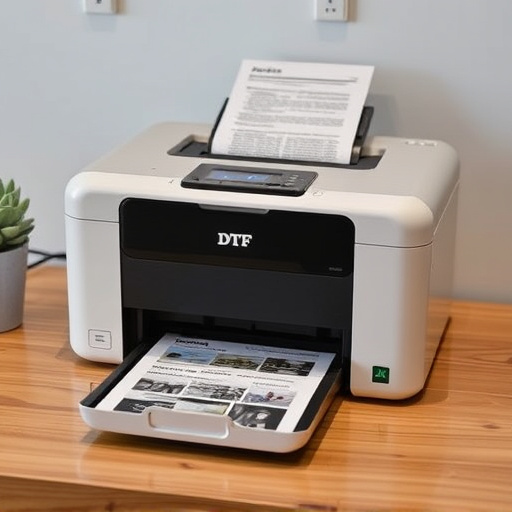
Print defect rates refer to the percentage of products that are found to have visible or tactile imperfections after production. For clothing brands and custom graphic tee printers, these defects can significantly impact their reputation and bottom line. Defects like misaligned logos DTF for clothing brands, uneven dtf prints, or flawed surface finishes can render products unmarketable and lead to customer dissatisfaction.
The impact of high defect rates is far-reaching. It not only results in financial losses due to rework or product returns but also hampers brand image and customer trust. By investing in a DTF curing oven, businesses can proactively reduce these defect rates. This specialized equipment ensures precise temperature control during the curing process, allowing for consistent application of inks and finishes, ultimately leading to higher-quality prints and minimizing costly errors.
The Role of a DTF Curing Oven in Defect Reduction
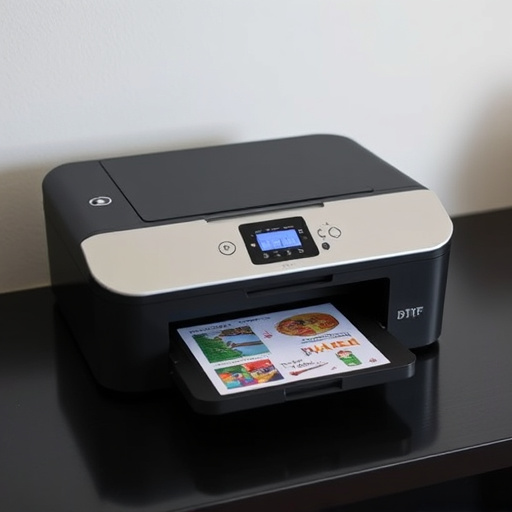
A DTF (Direct to Film) Curing Oven plays a pivotal role in significantly reducing print defect rates in various industries, particularly in the manufacturing and packaging sectors. This advanced technology is designed to enhance the quality and durability of DTF transfers, ensuring precise and consistent application during the printing process. By subjecting printed materials to controlled heat, the oven facilitates the chemical reaction required for the cold peel dtf transfers to set properly.
This meticulous curing step is crucial in eliminating common defects like smudges, blisters, and uneven adhesion. It ensures that inks and adhesives bond firmly with the substrate, resulting in vibrant, long-lasting prints. Moreover, the DTF Curing Oven’s precise temperature control allows for customized settings tailored to different materials and print requirements, further minimizing errors and maximizing product quality.
Benefits and Applications: Why It's a Game-Changer
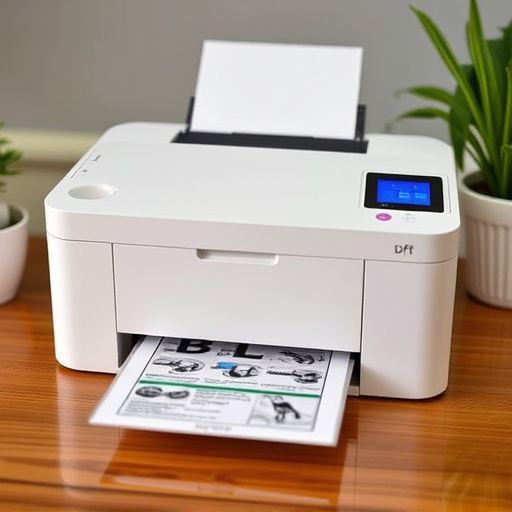
The DTF Curing Oven is a revolutionary technology that has transformed the textile printing industry, offering numerous benefits and applications for businesses and enthusiasts alike. Its primary role is to significantly reduce print defect rates in direct-to-fabric (DTF) printing processes, ensuring high-quality outcomes every time. With this oven, printers can bid farewell to common issues like poor adhesion, blurring, and uneven colors, which often plague traditional drying methods.
One of its key advantages lies in the efficient curing process it provides for DTG printing on light fabrics. The DTF Curing Oven ensures a precise temperature gradient, allowing ink to set quickly without damaging the fabric. This is particularly beneficial for dtf printing for light fabrics, where speed and accuracy are crucial. Additionally, it streamlines the production process by enabling the application of cold peel DTF transfers, making post-printing handling more efficient. As a result, businesses can increase productivity, reduce waste, and meet the high demands of today’s fast-paced fashion industry with their best dtf printer.
A DTF curing oven emerges as a pivotal solution in the print industry, offering a significant reduction in defect rates. By employing this advanced technology, manufacturers can achieve higher quality and consistency in their printing processes. The DTF (Direct to Film) curing oven’s ability to efficiently cure coatings and adhesives ensures that each printed item meets stringent standards, enhancing overall product reliability and customer satisfaction. Its versatility and game-changing capabilities make it an indispensable asset for modern printing operations.
